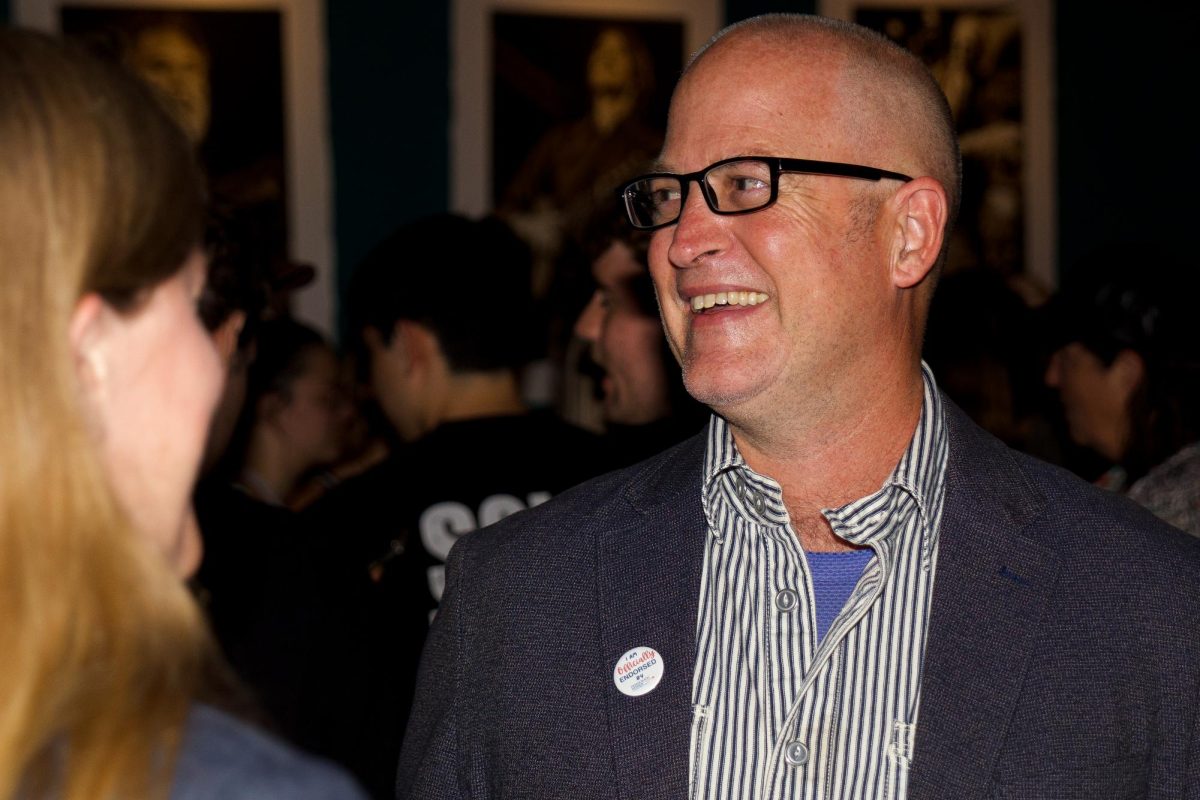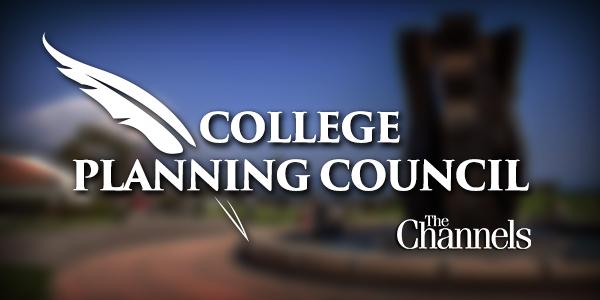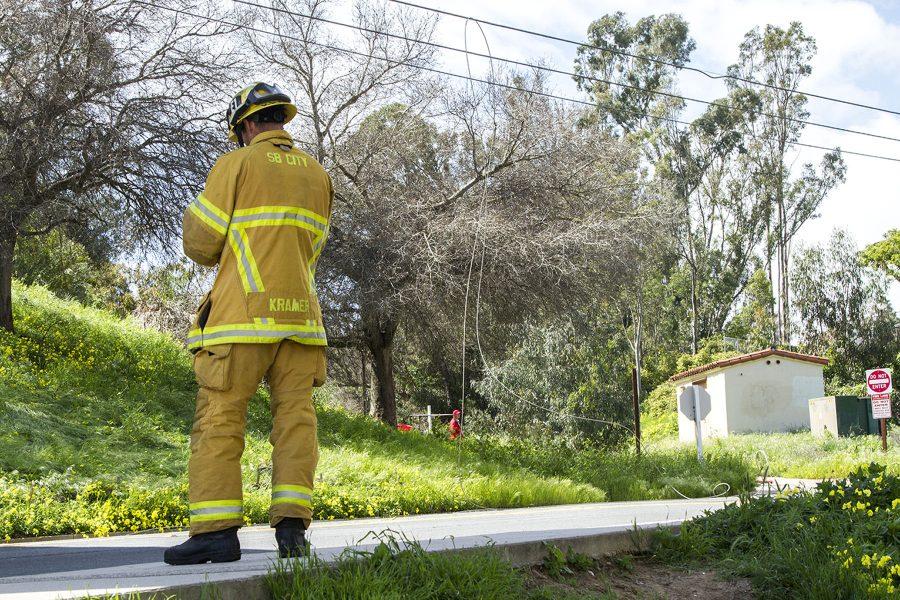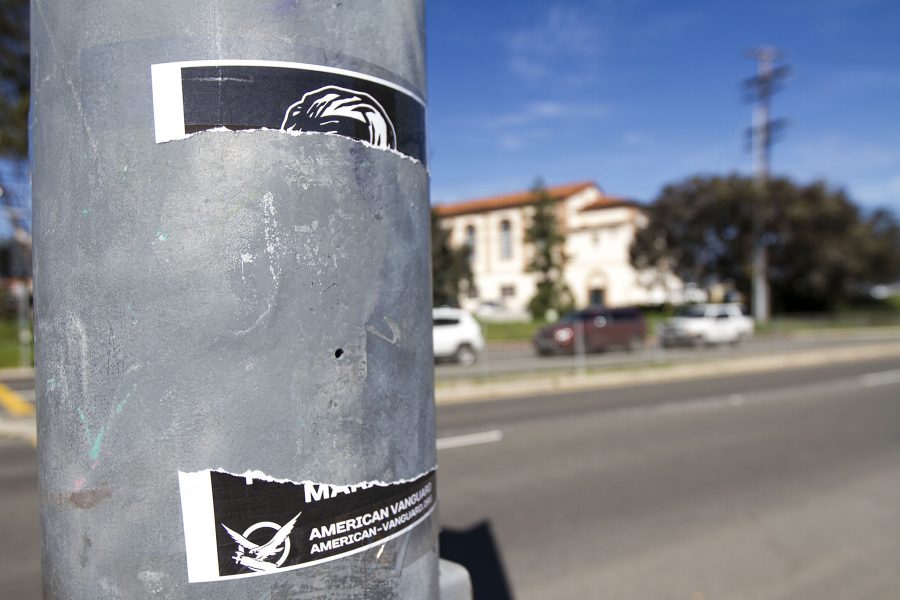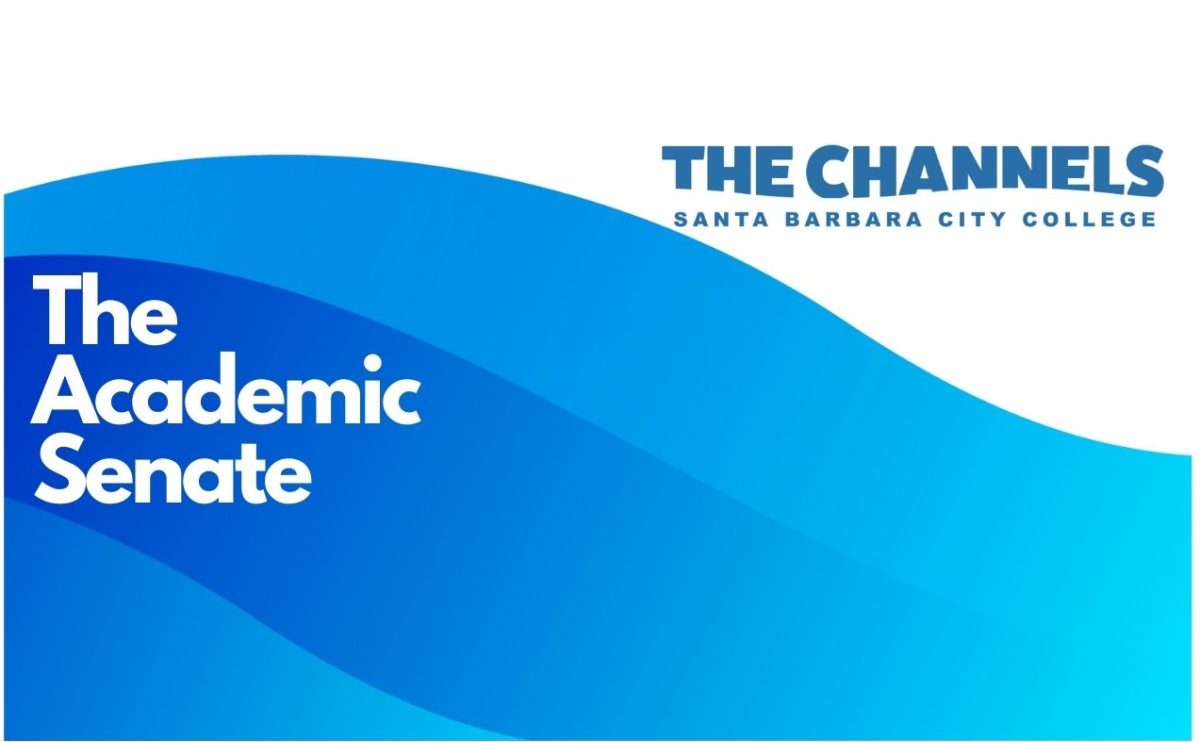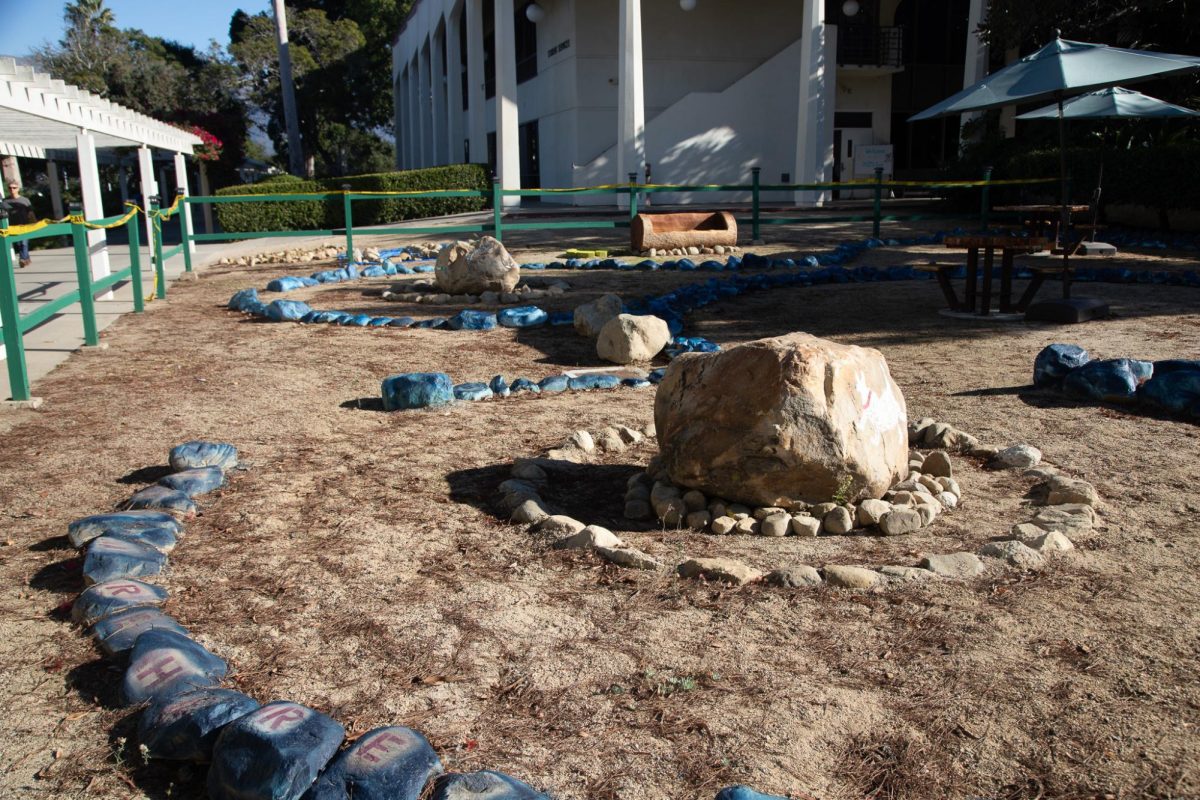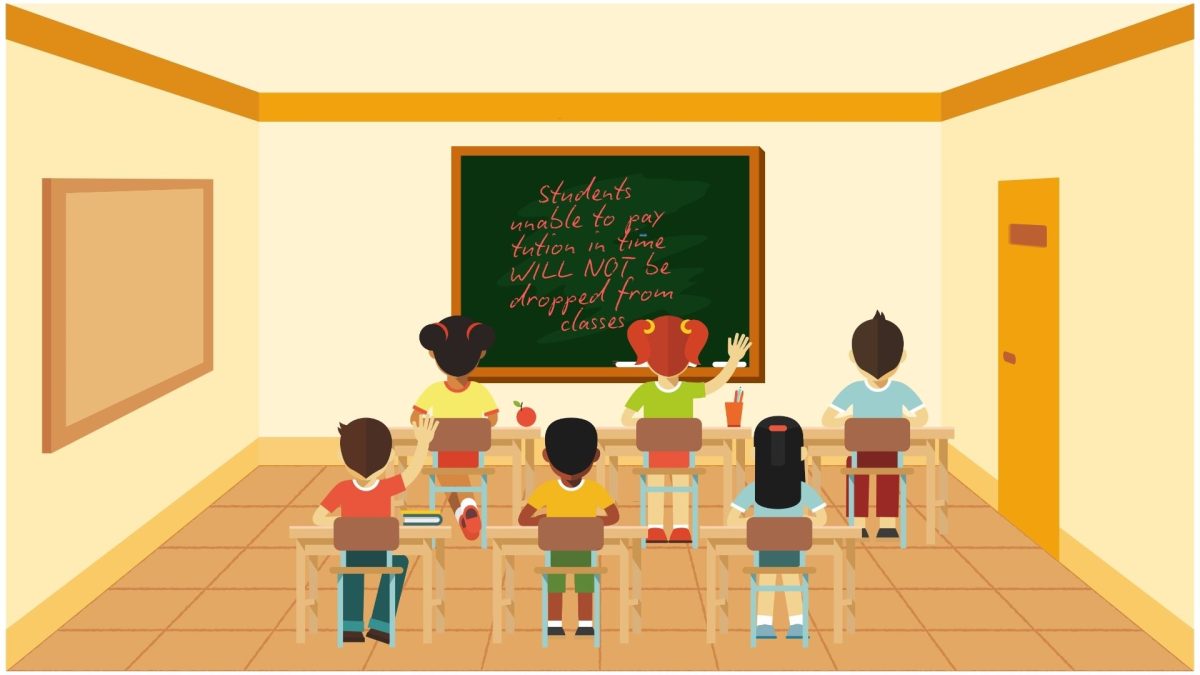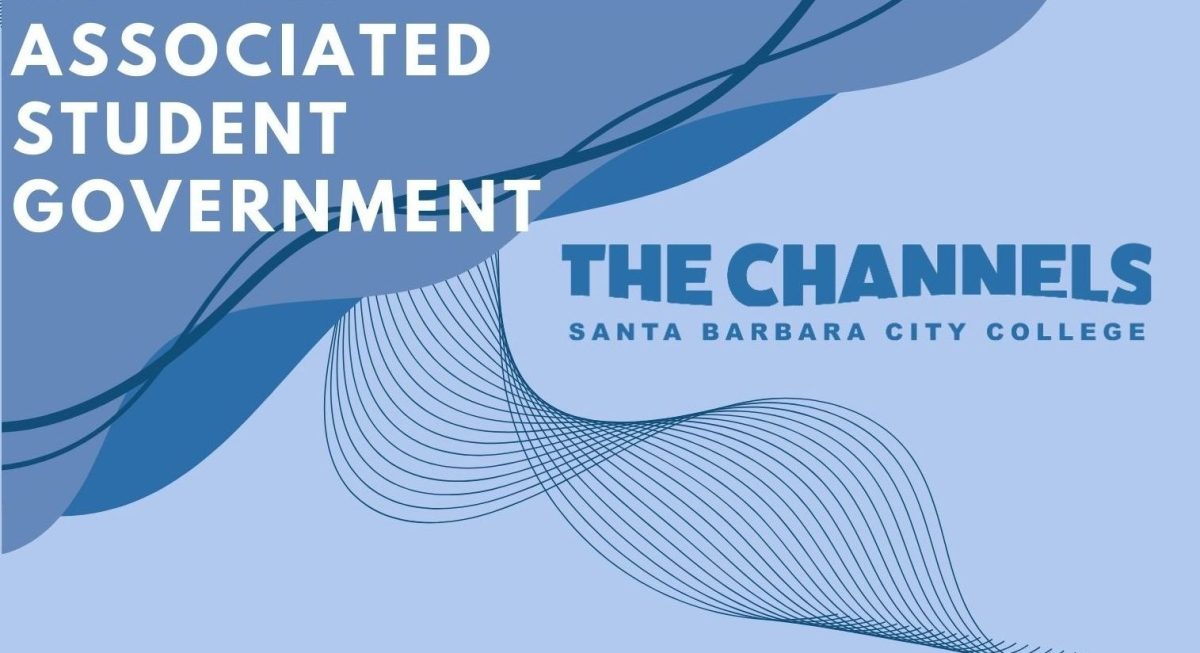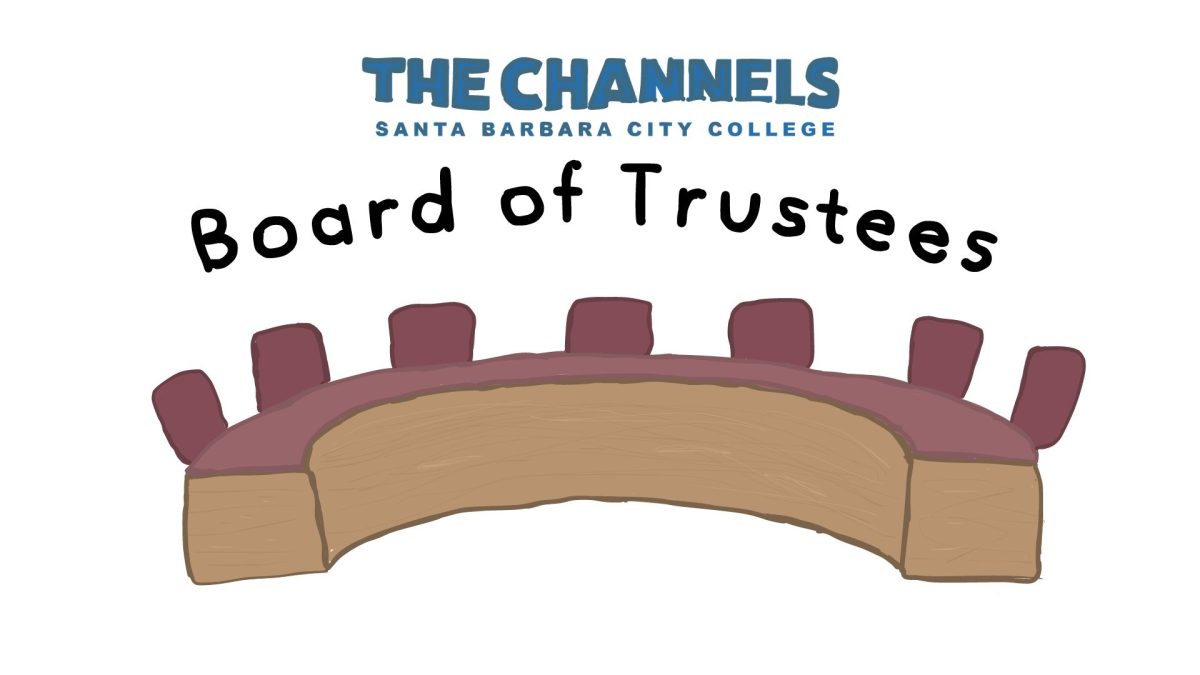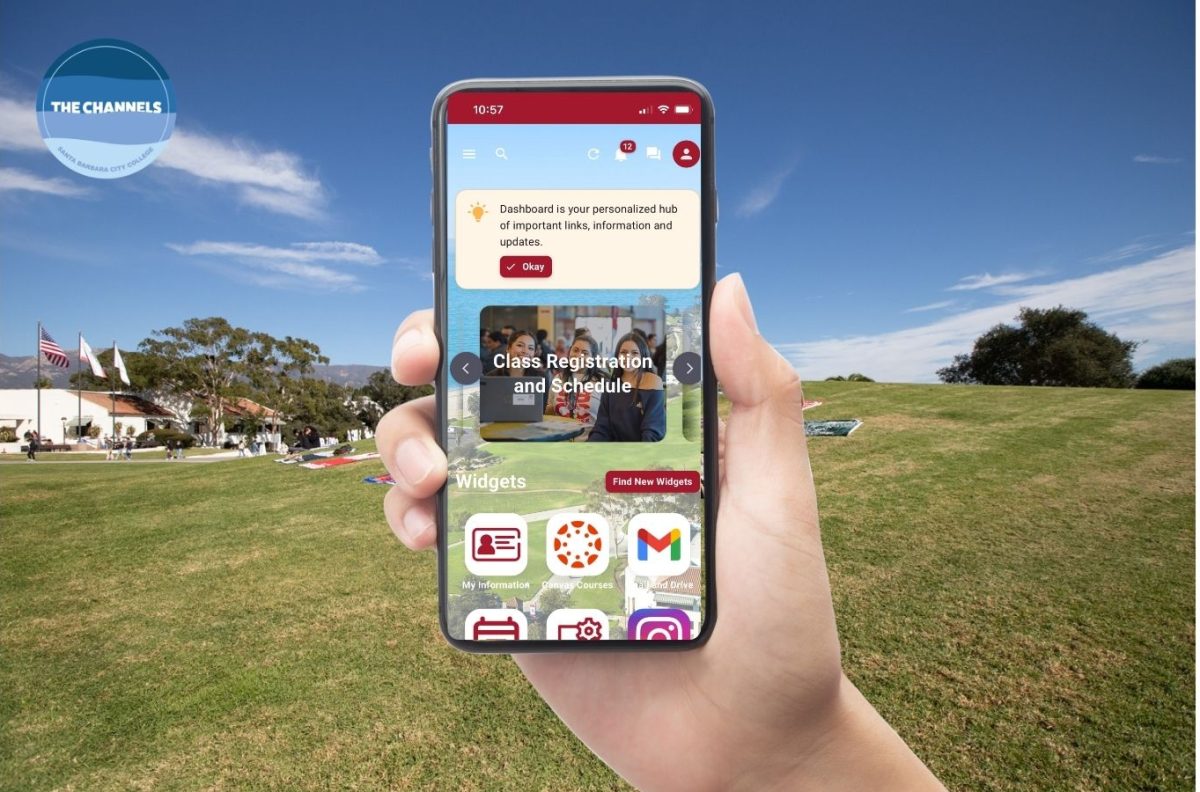Despite the near 80 percent success rate of the dual-summer sessions, the Academic Senate is looking for innovative ways to attract more students, while easing the intensity of the six-week courses.
As it stands, there are two summer sessions that cram the normal 16-week semester into an intensive six-week semester. There is no break between the two sessions, and the senate worries that it can be a challenge for students who take both.
Though the senate came to no solid conclusion on Wednesday afternoon, it will be a continuing issue. The senate discussed lengthening two-part courses to more than six-weeks to help students succeed by giving them more time.
Robert Else, senior director of institutional assessment, presented the changes in enrollment between 2015, the college’s first year of dual-summer sessions, and 2016. He showed that there were over 300 more students enrolled in the first session, and roughly 1,730 less during the second, which left the senate questioning how to attract more students
“It would be in the best interest of both the students and staff to insert a week between spring and fall,” said Vice President Paul Jarrell.
Jarrell expressed that the mere days between spring and summer sessions did not give students or instructors enough time to prepare for class. The senate agreed that more time between semesters would help students towards success.
The senate will continue thinking of ideas in coming meetings about how to make dual-summer sessions more convenient and successful for faculty, staff and students.





